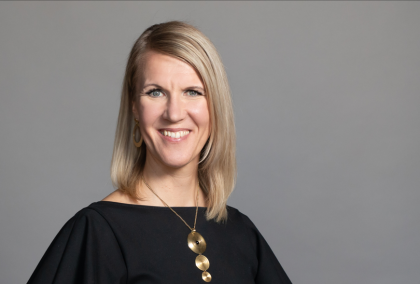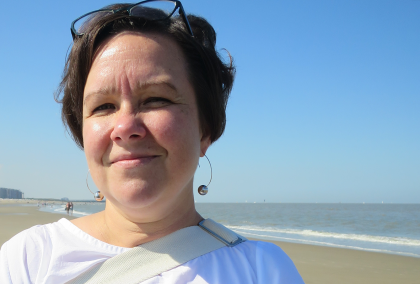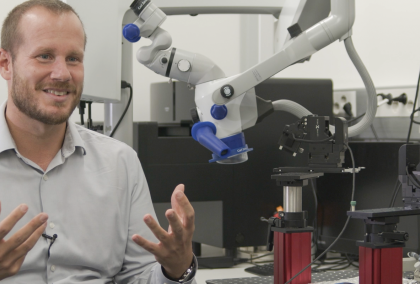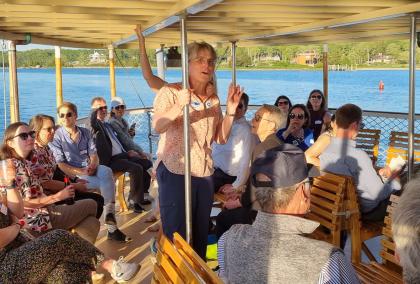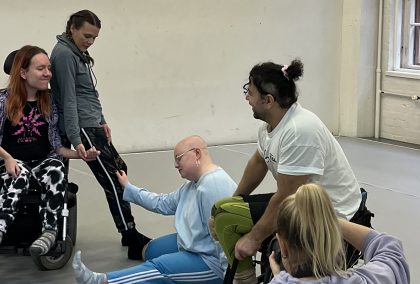

Photo: “I’ve been acting as a mentor in two engineering design classes at MIT. As part of the Introduction to Design class, the students were tasked to build a device that is triggered by cutting a string and that transports a balloon to a box 7 feet away. My role has been to teach the students creativity methods, and grade some of their assignments.”
When was the last time a product made you think “what on earth were the engineers thinking when they made this?” I know mine was a self-checkout device in CVS Pharmacy, and I can recall being confused with similar self-service desks in libraries and airports as well. Such devices are good examples of designers failing to consider the users’ experiences. In fact, according to product development research, most new product launches fail due to people not accepting the new product. In my PhD research, I investigate whether product developers’ empathic tendencies could partly predict the user experiences they create.
My Fulbright exchange has certainly been an eye opener. At MIT, I’ve been surprised by the prevalence of product novelty as both a quality measure and something that sparks people’s interest in general. Novelty has come up in various situations, ranging from water cooler conversations about mobile phones or sports equipment to evaluation rubrics for students’ product development projects. The phenomenon may partly be explained by MIT’s history in producing successful consumer product innovations, such as Dropbox and Roomba, whereas the roots of Finnish product development lie more in honing large-scale products and processes, such as those in paper and board manufacturing, to perfection. On a more personal side, it has been exciting to work with the many talented researchers and professors at MIT, many of whom I expect to stay in touch with at various conferences around the world. One benefit of working in a small research group has certainly been the close connection I’ve formed with my professor, which has already led to joint funding applications and other academic Aalto-MIT matchmaking.
Don’t be shy about using the status of being a Fulbrighter to capture attention.
Advice for Future Fulbrighters
For new Fulbrighters, I have two pieces of advice. First, don’t be shy about using the status of being a Fulbrighter to capture attention. Using titles doesn’t usually come naturally to Finns, but fighting the habitual modesty helped me become roommates with a Fulbright alumnus, and has scored me opportunities for elevator pitches with various professors and managers. Second, prepare for a barrage of curiosity towards Finland. During my stay, I found little need to proactively “sell” Finland since I was often questioned about not only the political and education systems, but also things like energy production methods and building and infrastructure standards. Overall, being a Fulbrighter has greatly helped smooth out the bumps during my exchange visit and provided ample opportunities for unexpected collaboration!
Antti Surma-aho
2018–2019 ASLA-Fulbright Pre-Doctoral Research Fellow
Visiting student researcher at Massachusetts Institute of Technology MIT
Read the whole Fulbright Finland News magazine 1/2019!
